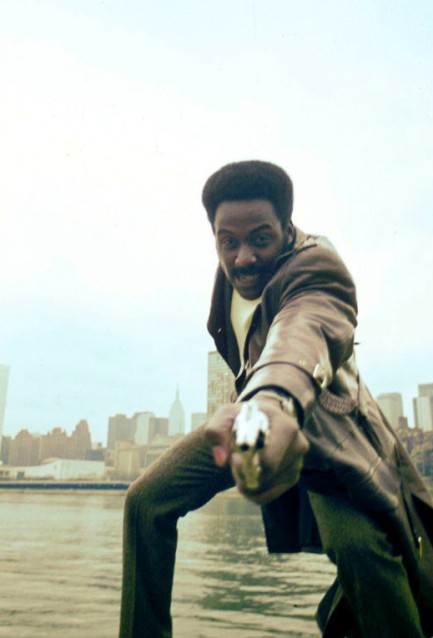| Hollywoodland | Jul 17 2024 |


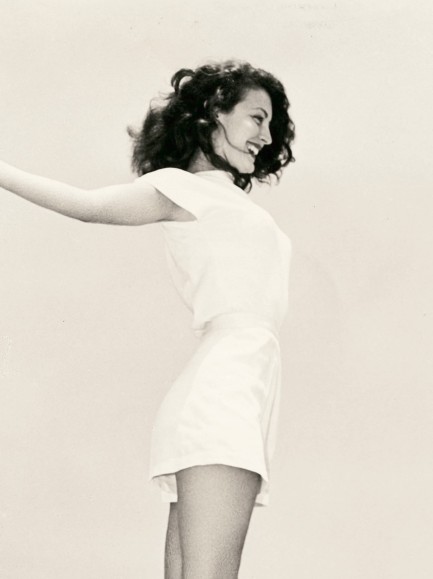
Actually, a great woman often has nothing but her own sheer will, but a little support never hurts. This photo shows Ava Gardner getting a boost from Burt Lancaster somewhere on Malibu Beach in 1946. It was made while they were filming The Killers, and there are several more shots from the session out there if you're inclined to look. We've shared a lot of art from The Killers, which you can see here, here, here, here, and here. And, of course, you should watch the movie.
| Hollywoodland | Jul 14 2024 |

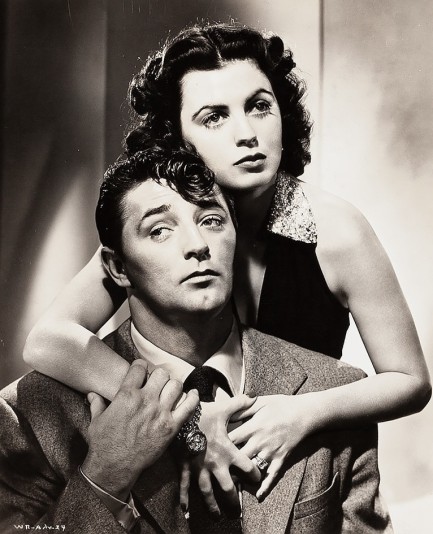
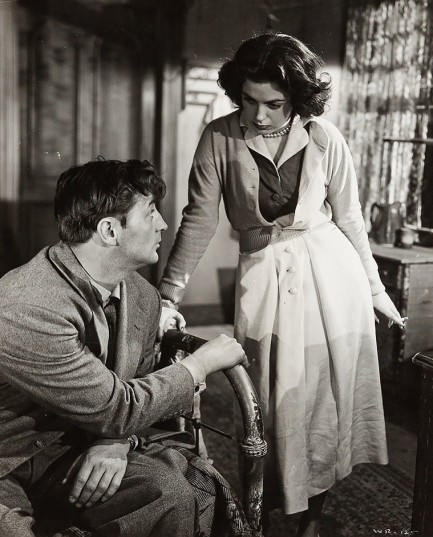
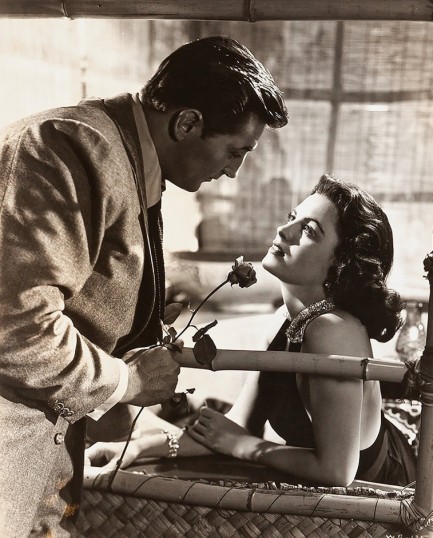
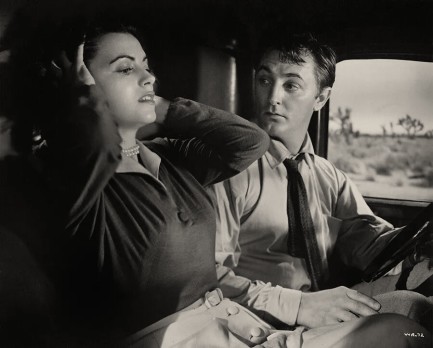
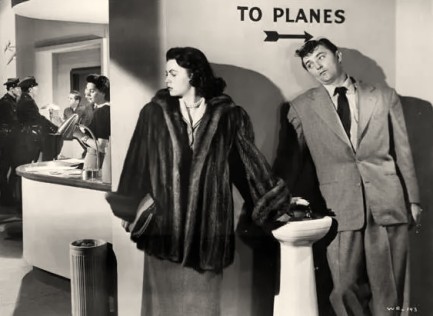
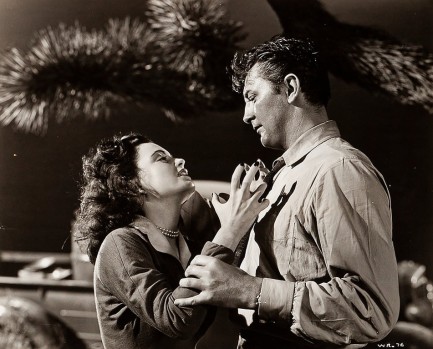
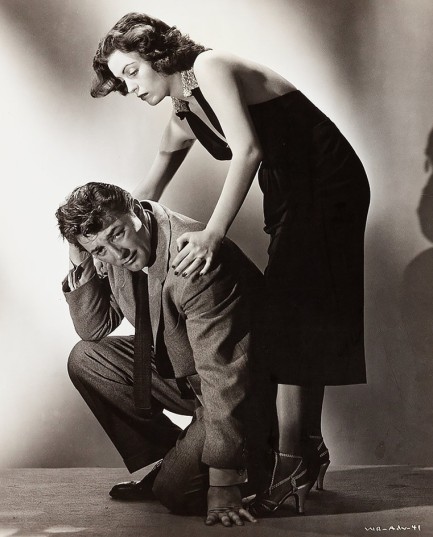
| Hollywoodland | Jun 29 2024 |

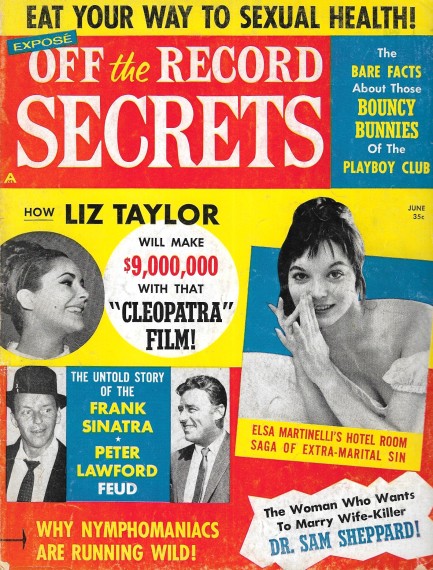
We have a brand new tabloid to our website today—the colorful Off the Record Secrets, of which you see its June 1963 cover above. This was published by an outfit calling itself Magazette, Inc., which aimed for the high end of the tabloid market with bright fronts along the same lines as the big boys Confidential, Whisper, Hush Hush, et al. Like those, Off the Record Secrets covers miles of ground between its pages, spilling on everyone from Hugh Hefner and his Bunnies, to Frank Sinatra and his Pack, to Elsa Martinelli and her hubby Franco Mancinelli Scotti, to Kirk Douglas and his bad behavior.
Of the items on offer, we were struck by the photo of Annette Stroyberg stuffing her face. We always thought trying to catch celebrities eating in embarrassing fashion started with the internet gossip sites, but apparently we were wrong. In any case you can see why the best restaurants have private dining rooms. Stroyberg must have been furious. Also of note, you Cary Grant fans get see him in a towel at age sixty-one. He's holding together nicely, though there seems to be some stomach sucking going on. Still, nothing to be ashamed of. He's got ninety-five percent of men his age beat.
The earliest issue we've seen of Off the Record Secrets is from January 1962. By the early 1960s the tabloid market was crowded, therefore owing at least partly to a logjam on newsstands, this magazine lasted only into 1964 before folding its tent. Because of its scarcity issues sometimes go for hefty prices. We got ours for $19.00. But we've seen them auctioning for $75.00. The high pricing means we may not buy another example for a while, but we'll get it done. In the meantime, get acquainted with Off the Record Secrets. We have multiple rare images for you below.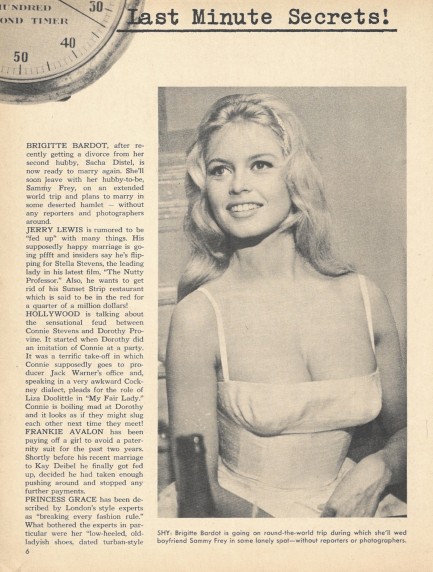
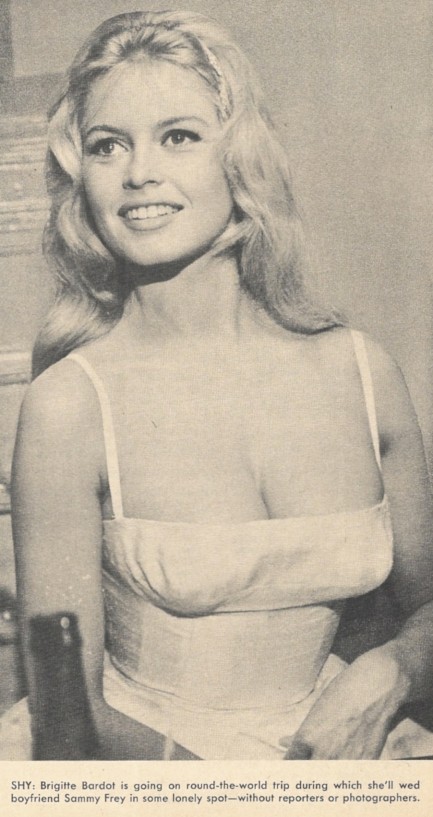
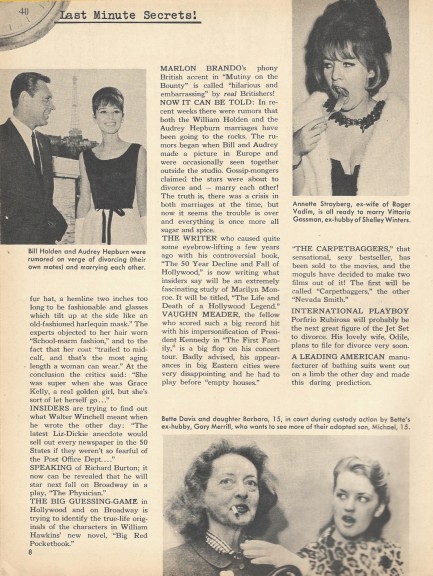


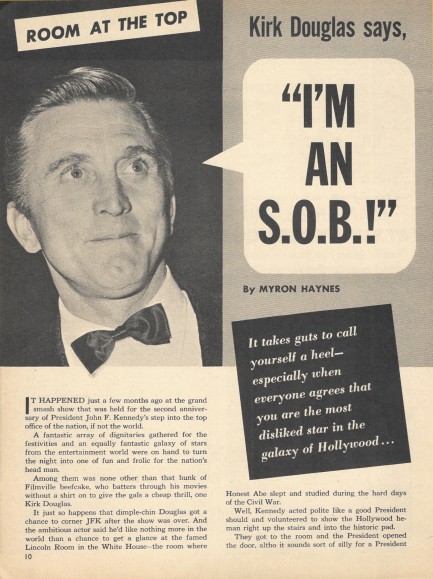
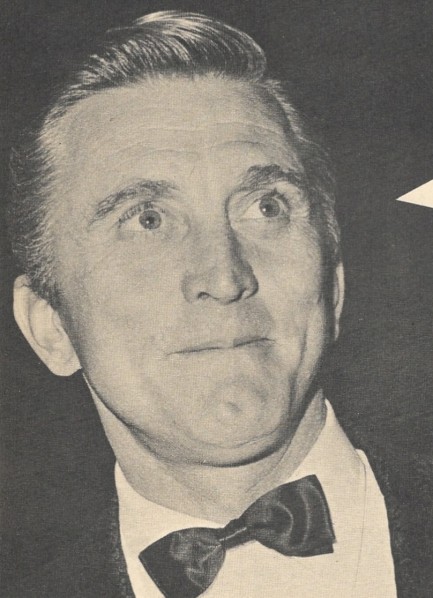
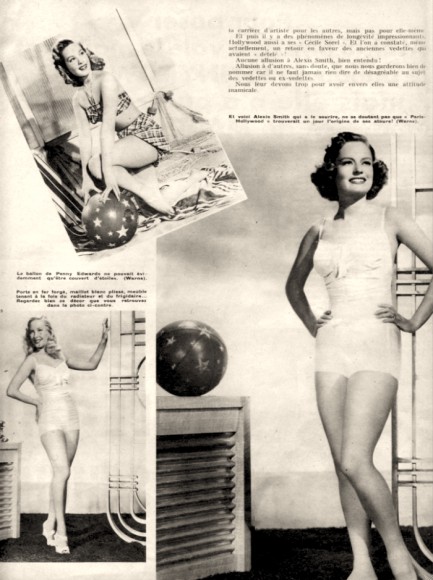
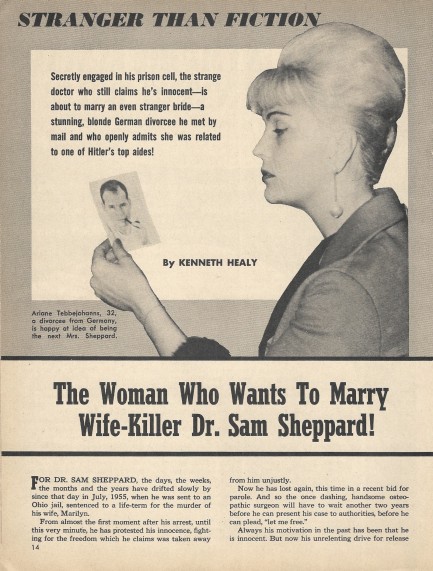
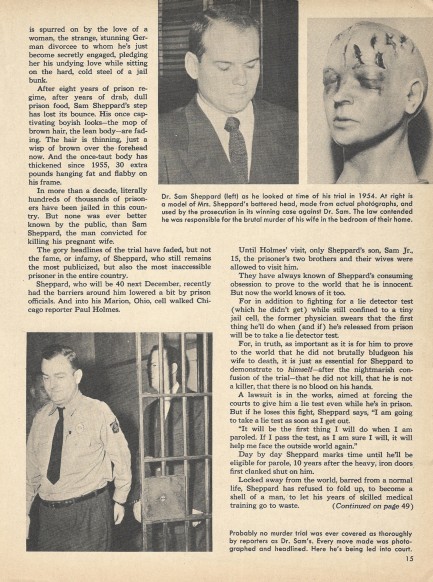
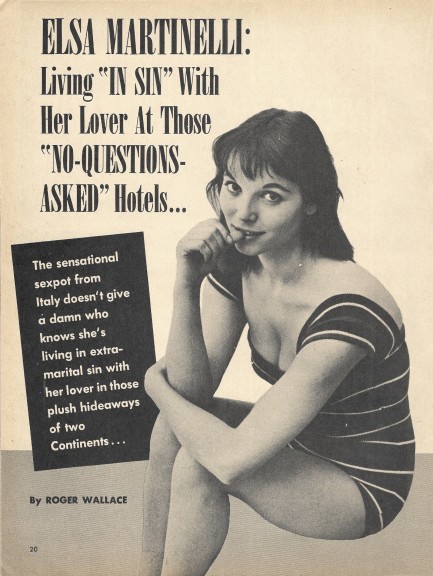
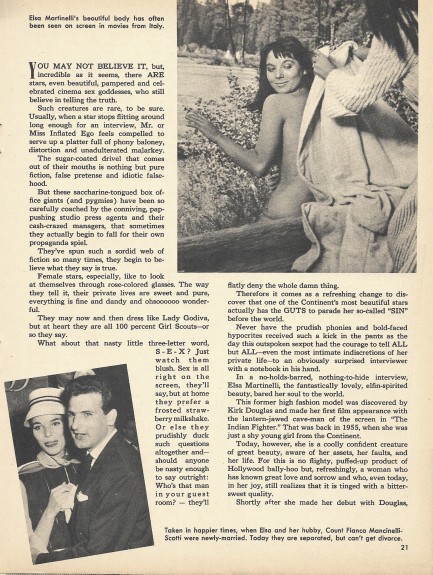

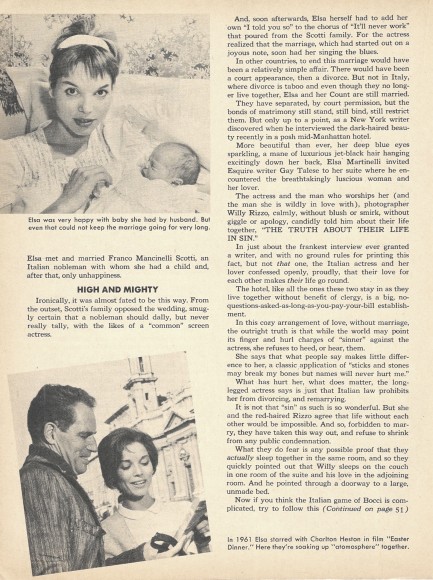
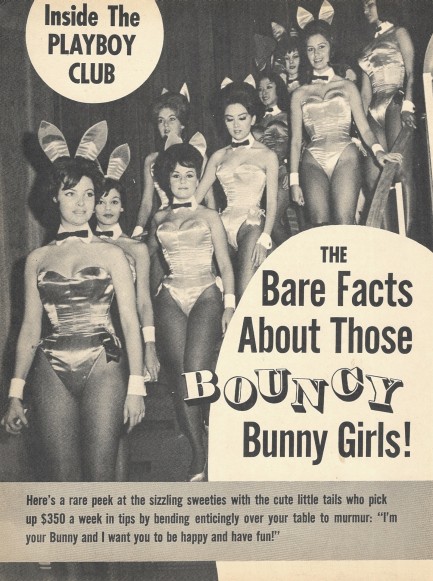
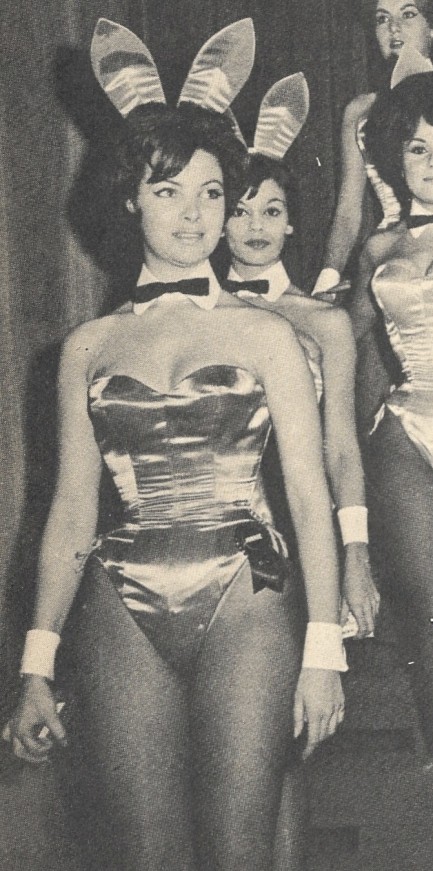
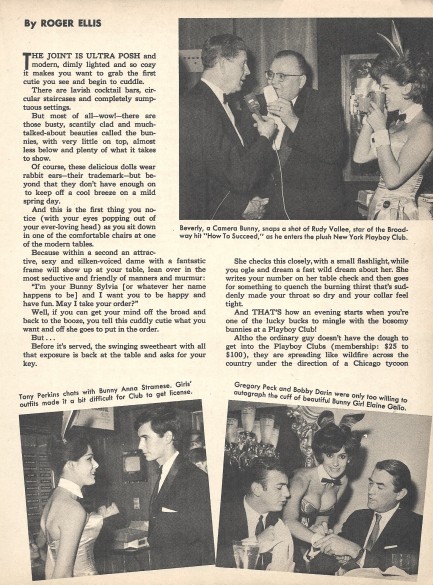
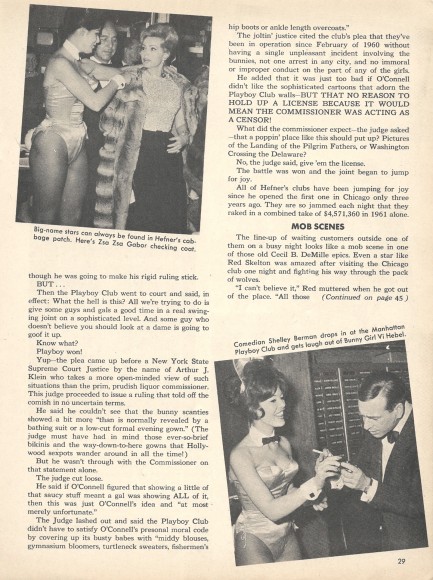
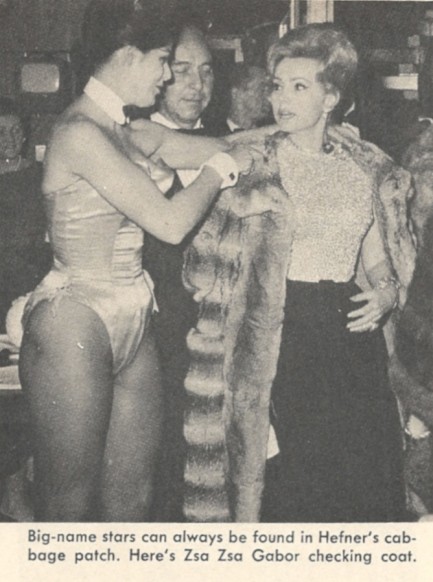
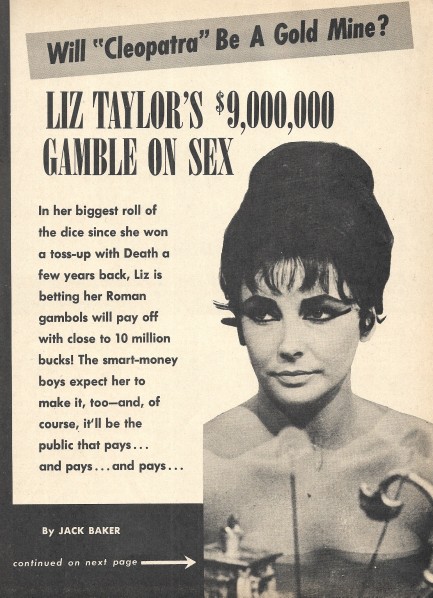
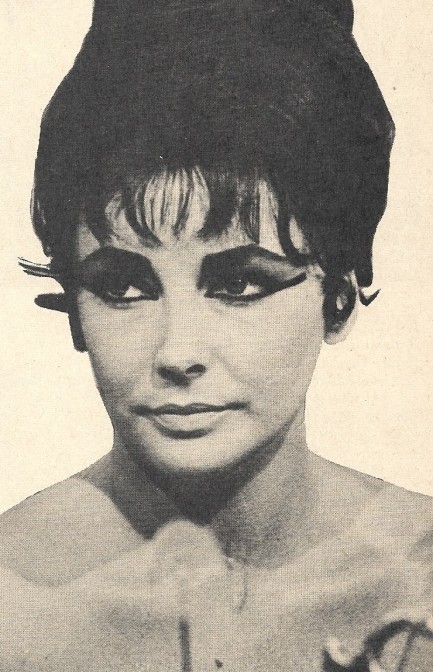
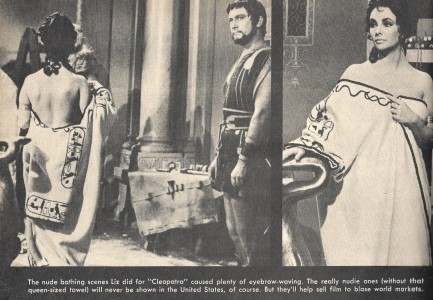
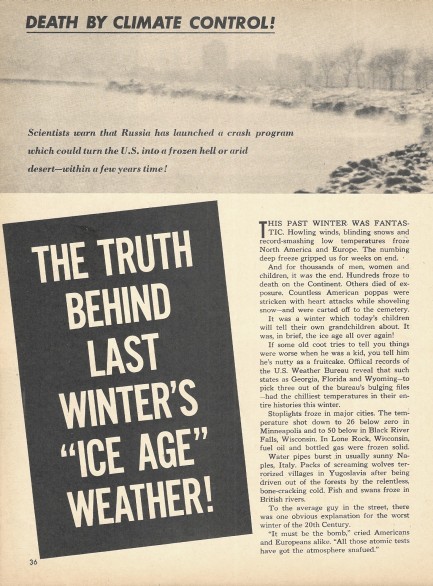
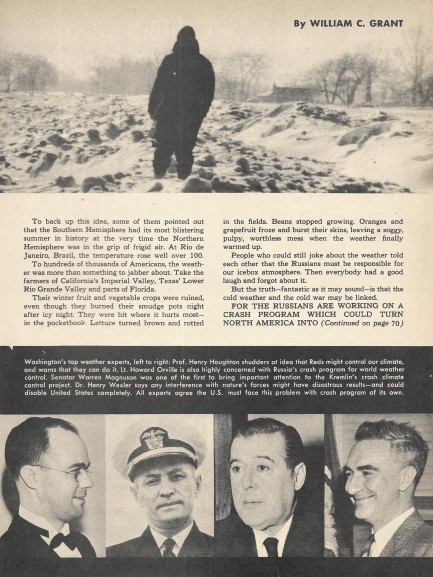
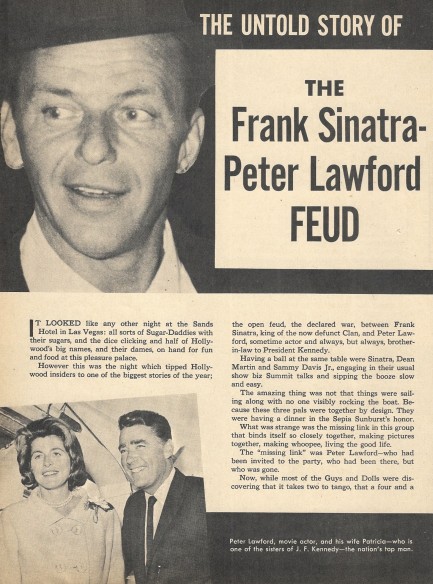
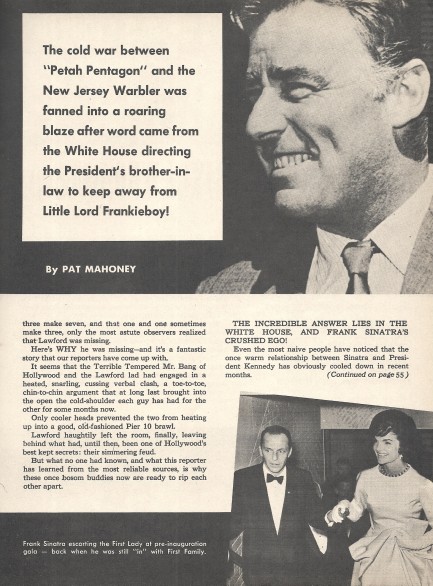
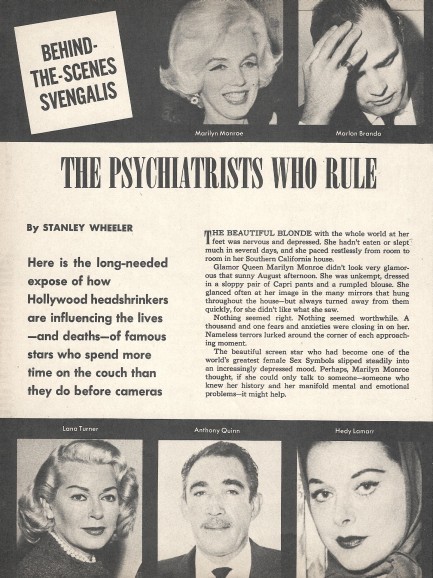
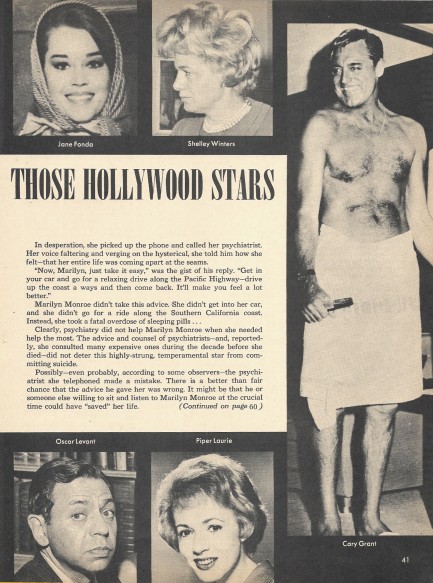

| Hollywoodland | Mar 21 2024 |

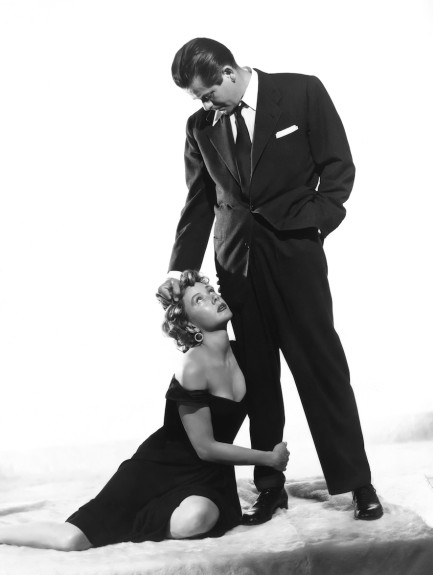
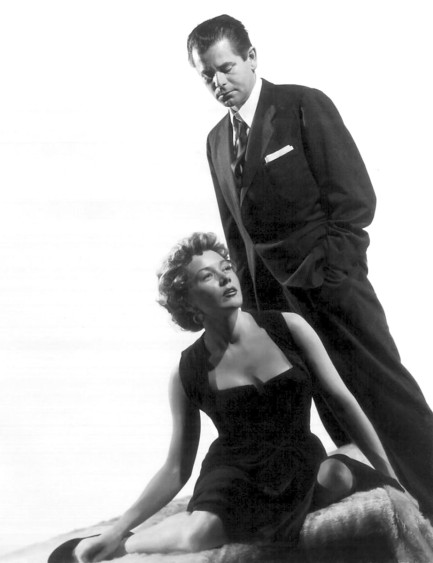
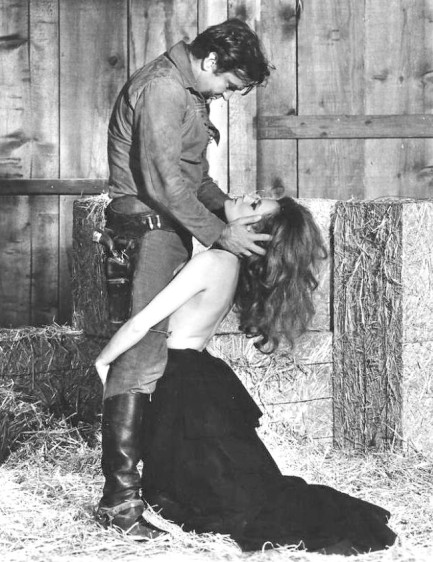
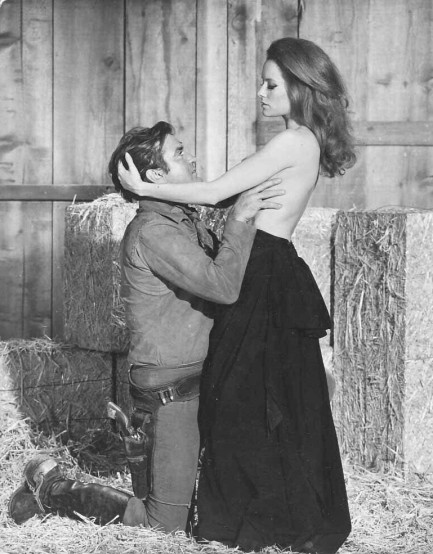 Rod Taylor and Luciana Pauluzzi swap subordinate positions for 1967's Chuka.
Rod Taylor and Luciana Pauluzzi swap subordinate positions for 1967's Chuka.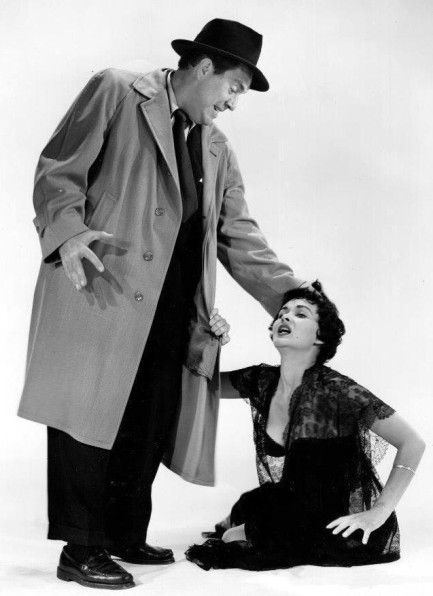 Edmund O'Brien goes for the time honored hair grab on Marla English for 1954's Shield for Murder.
Edmund O'Brien goes for the time honored hair grab on Marla English for 1954's Shield for Murder.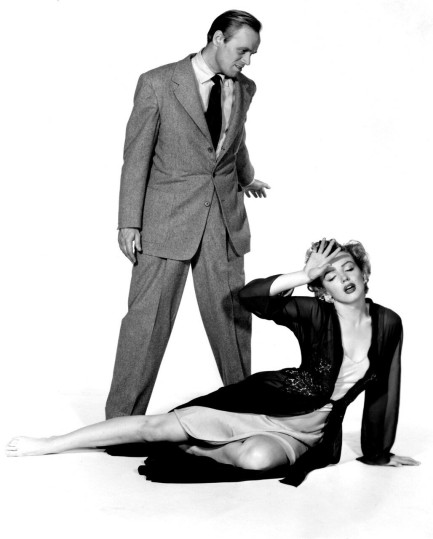 Marilyn Monroe swoons as Richard Widmark snarls for Don't Bother To Knock, 1952.
Marilyn Monroe swoons as Richard Widmark snarls for Don't Bother To Knock, 1952. Inger Stevens and Terry Ann Ross for Cry Terror, an adaptation of a novel we talked about a few years ago.
Inger Stevens and Terry Ann Ross for Cry Terror, an adaptation of a novel we talked about a few years ago.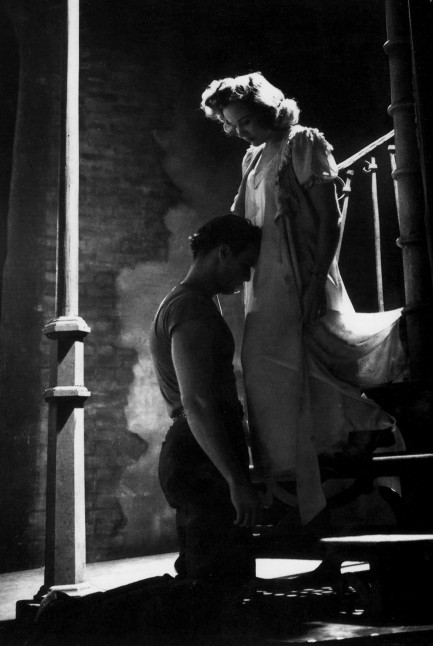 Kim Hunter soothes an overheated Marlon Brando in a promo for 1951's A Streetcar Named Desire.
Kim Hunter soothes an overheated Marlon Brando in a promo for 1951's A Streetcar Named Desire.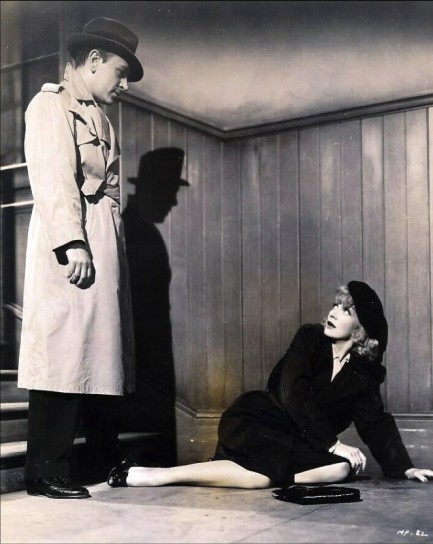 George Raft menaces Marlene Dietrich in the 1941 comedy Manpower.
George Raft menaces Marlene Dietrich in the 1941 comedy Manpower.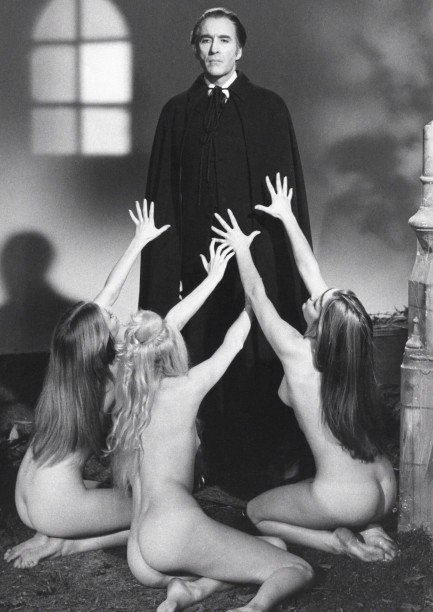
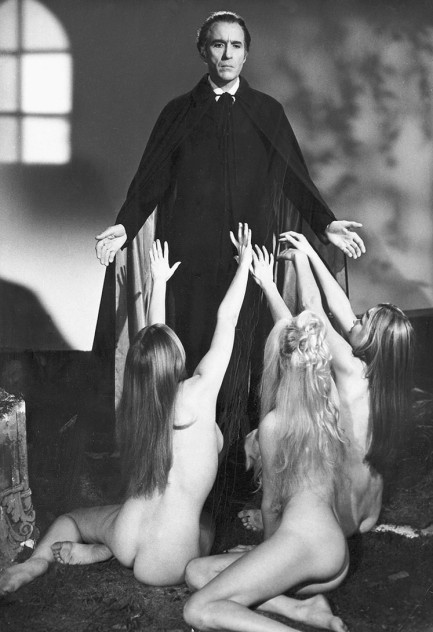 As promos go, these actually make sense. They show three unidentified models mesmerized by vampire Christopher Lee for 1970's Taste the Blood of Dracula.
As promos go, these actually make sense. They show three unidentified models mesmerized by vampire Christopher Lee for 1970's Taste the Blood of Dracula. Glenn Ford is at it again, this time looming over Rita Hayworth for the 1946 classic Gilda.
Glenn Ford is at it again, this time looming over Rita Hayworth for the 1946 classic Gilda.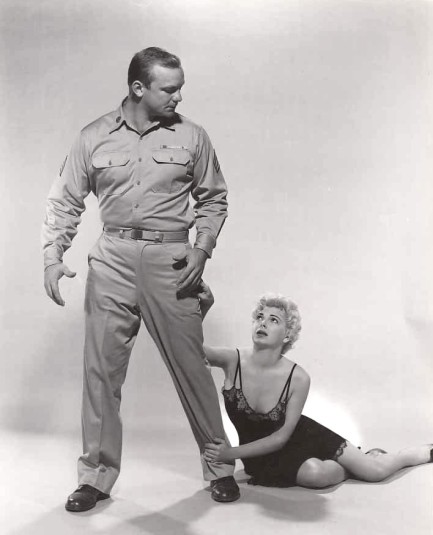 Aldo Ray and Barbara Nichols for 1958's The Naked and the Dead.
Aldo Ray and Barbara Nichols for 1958's The Naked and the Dead.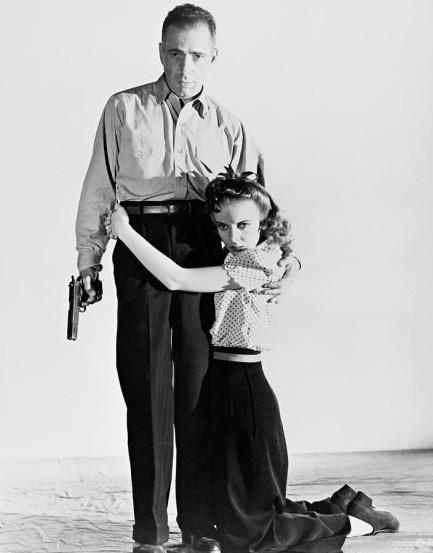 This one shows less domination and more protectiveness, as Humphrey Bogart prepares to defend Ida Lupino for High Sierra, 1941.
This one shows less domination and more protectiveness, as Humphrey Bogart prepares to defend Ida Lupino for High Sierra, 1941.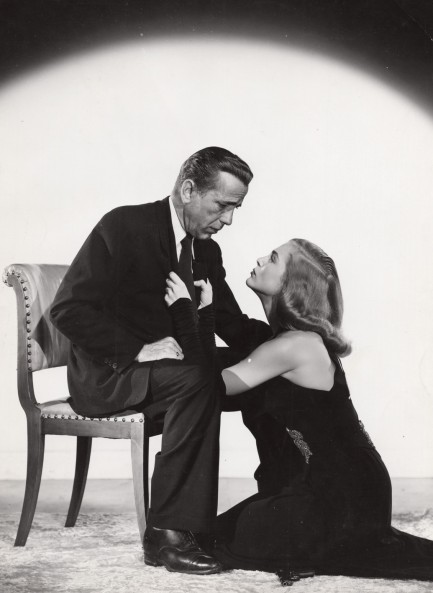 Humphrey once more. Here he's with Lizabeth Scott for Dead Reckoning, 1947.
Humphrey once more. Here he's with Lizabeth Scott for Dead Reckoning, 1947.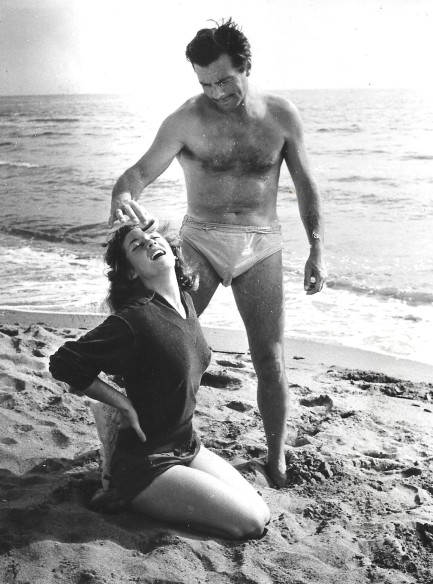 This shot shows Brazilian actress Fiorella Mari with an actor we can't identify in a movie we also can't identify.
This shot shows Brazilian actress Fiorella Mari with an actor we can't identify in a movie we also can't identify.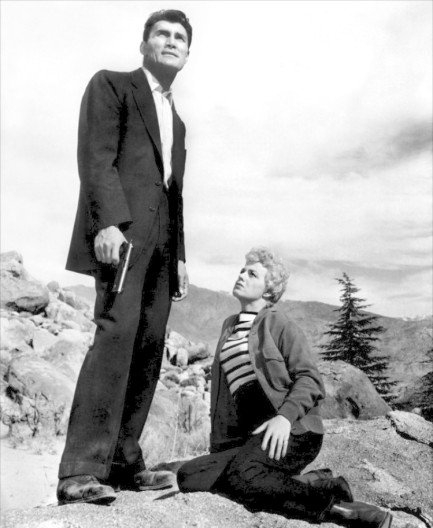 Shelly Winters and Jack Palance climb the highest mountain together for I Died a Thousand Times, 1955.
Shelly Winters and Jack Palance climb the highest mountain together for I Died a Thousand Times, 1955.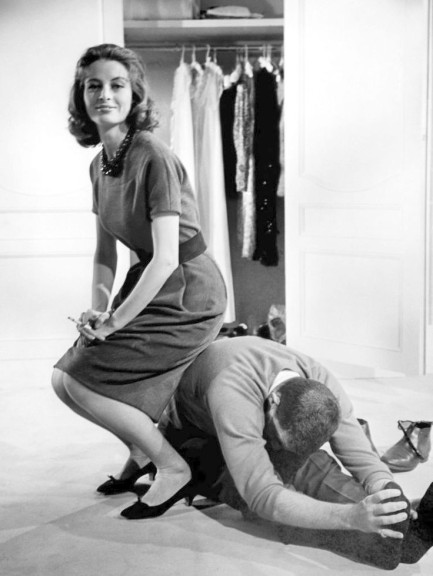 As we said, we didn't find as many examples of kneeling men, but we found this gem—Cappucine makes a seat of director Blake Edwards on the set of The Pink Panther in 1963. Does this count, though? While Edwards is subordinate, he isn't kneeling and it really isn’t a legit promo.
As we said, we didn't find as many examples of kneeling men, but we found this gem—Cappucine makes a seat of director Blake Edwards on the set of The Pink Panther in 1963. Does this count, though? While Edwards is subordinate, he isn't kneeling and it really isn’t a legit promo.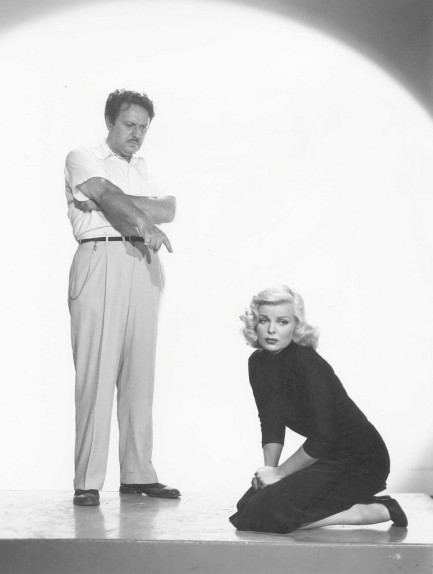 And lastly, in a curious example, Hugo Haas seems to tell Cleo Moore to stay in a shot made for 1953's One Girl's Confession.
And lastly, in a curious example, Hugo Haas seems to tell Cleo Moore to stay in a shot made for 1953's One Girl's Confession.
| Hollywoodland | Mar 18 2024 |

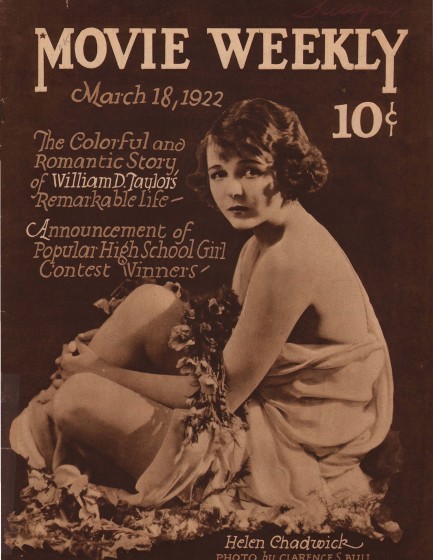
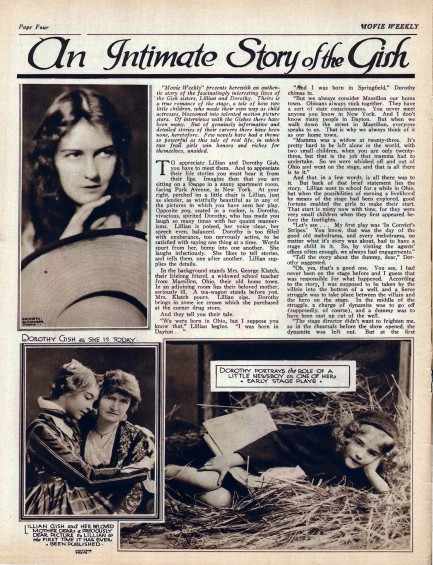
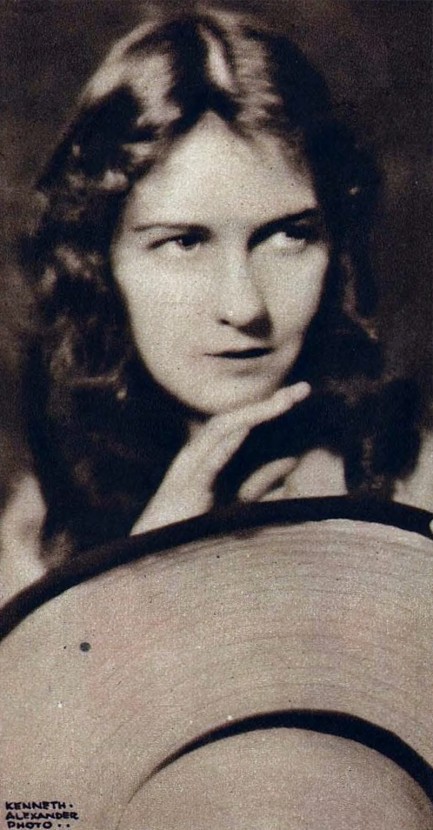
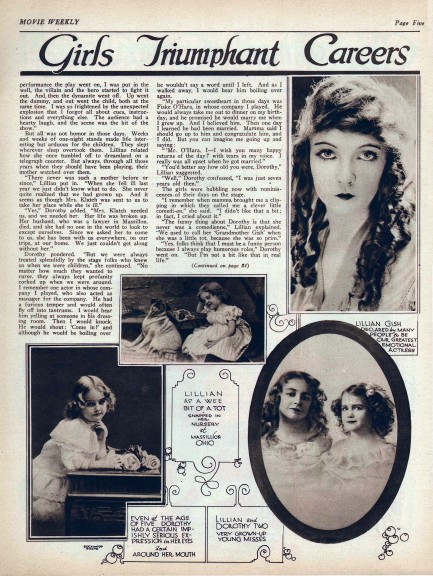
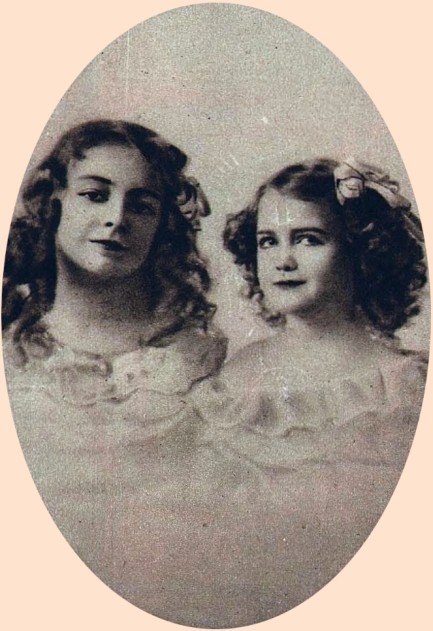
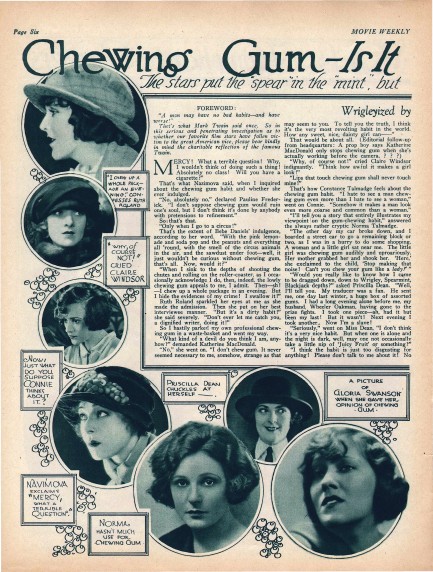
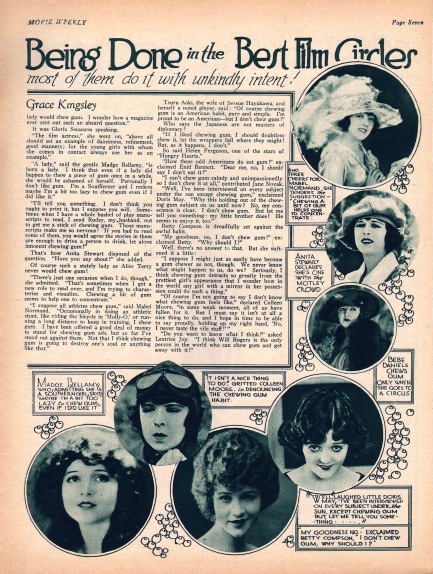
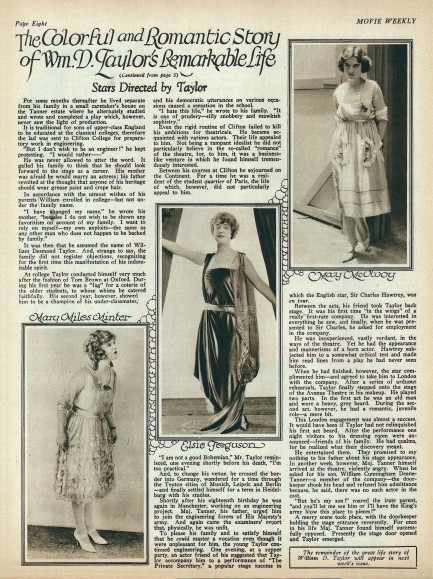
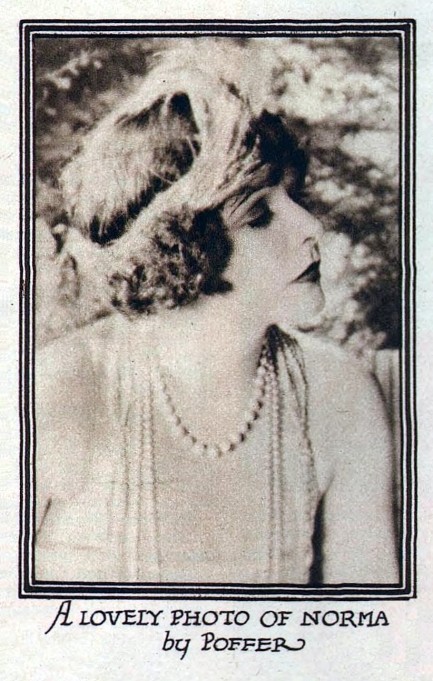
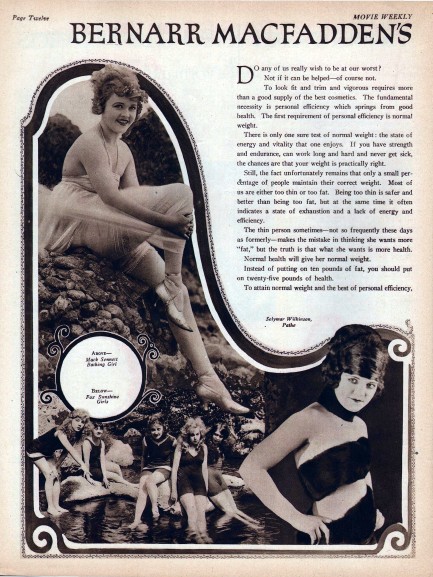
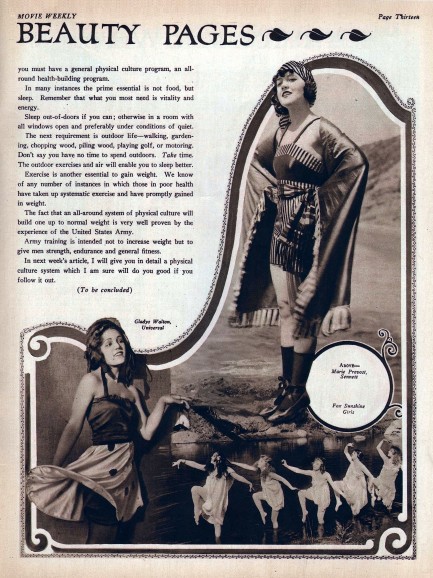
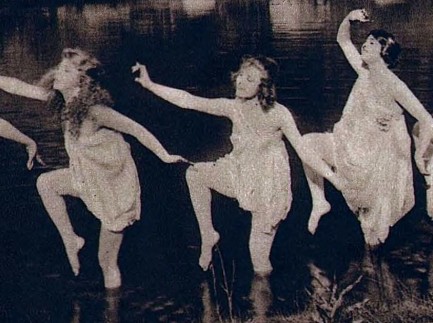
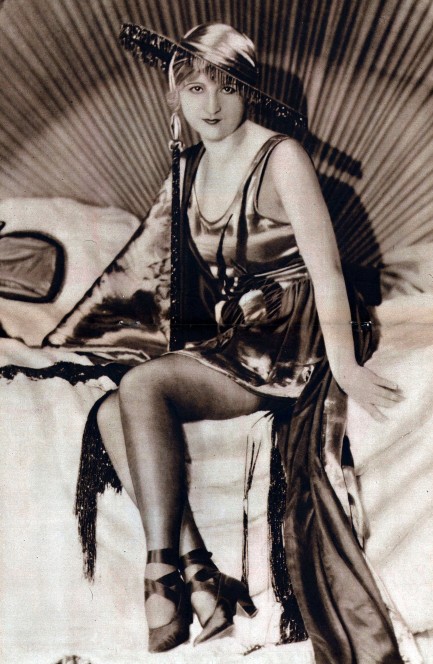
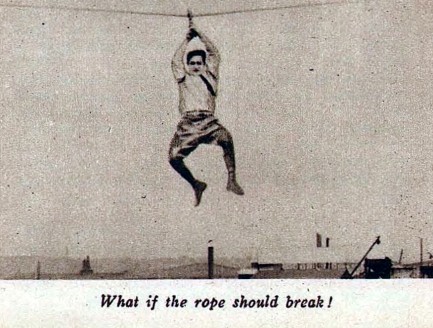
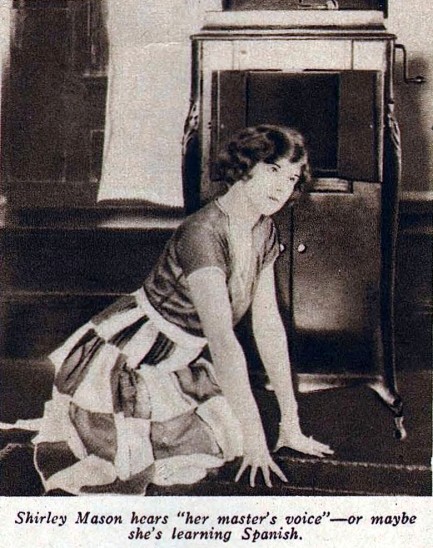
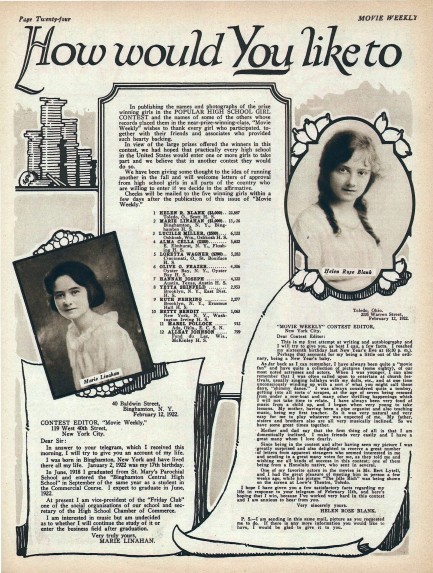
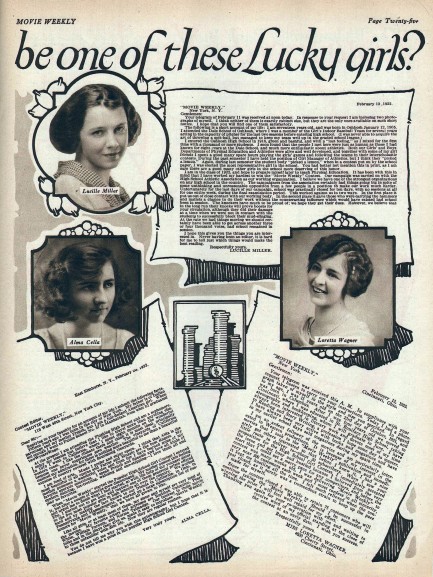
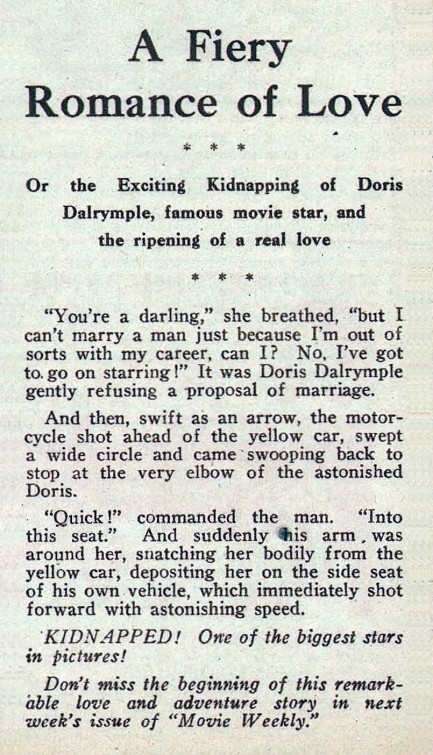
| Hollywoodland | Feb 21 2024 |

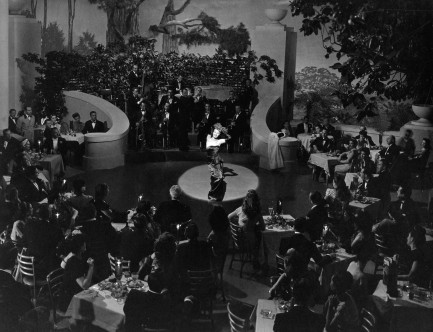
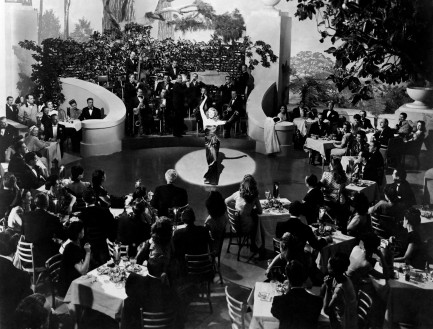
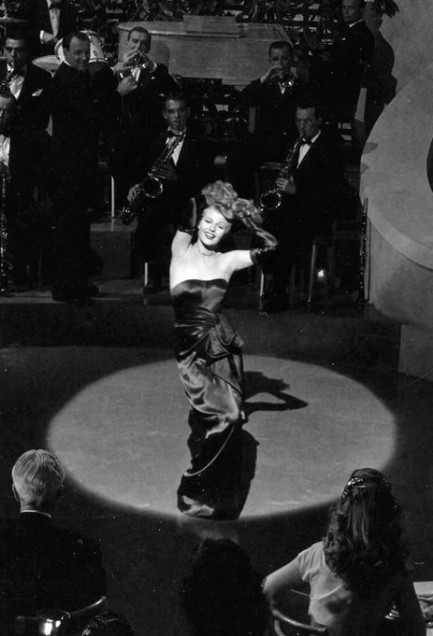
How many times have we circled back to Gilda? Four or five, we guess. It isn't because it's good, which it is, of course, but rather because it has excellent promo materials. Above are two images (plus a crop we made) from the Hollywood set of the film showing Rita Hayworth performing her signature number “Put the Blame on Mame,” which was one of the more provocative sequences put onscreen post-Hays Code. For those who don't remember or haven't seen it, just after the number ends she's willing to let audience members undress her. Supporting actor Joe Sawyer prevents it by intercepting the guys struggling at Hayworth's zipper. But nothing is preventing you from watching Gilda. We consider it at least a top fifteen film noir.
| Hollywoodland | Jan 8 2024 |

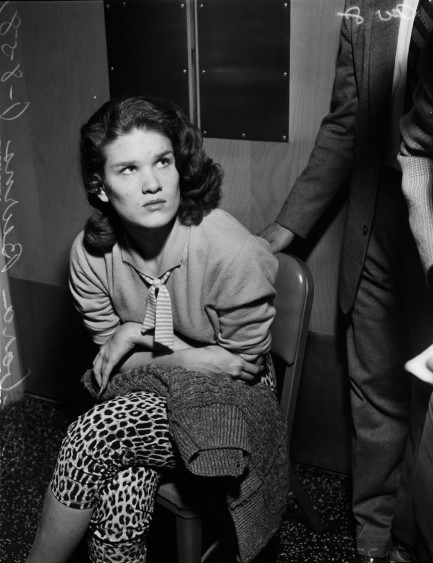
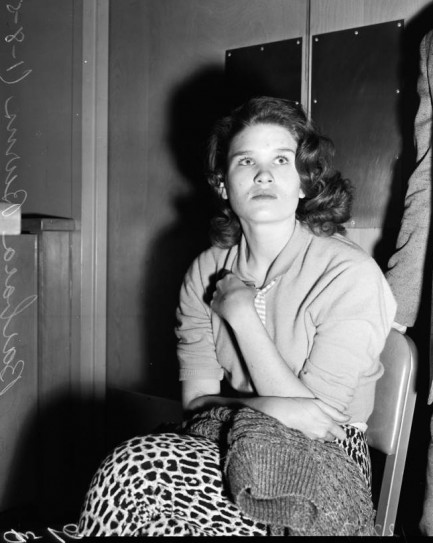
The above photos show Barbara Burns when she was busted for drugs today in 1958 after LAPD officers found track marks on her arms. Burns was the well-to-do daughter of famed comedian Bob Burns, but her father had died of kidney cancer in 1956. Barbara Burns was sentenced to probation after the arrest, and the story got some play in national newspapers, with several calling her probation sentence a storybook opportunity at a second chance. But she didn’t cooperate in the role. She managed to cobble together some behind-the-cameras television work, but was arrested for heroin possession in 1959. That time she served ninety days in jail and admitted in an interview, “I’m really hooked. I had nothing else to do, and my mother wouldn’t talk to me. I wanted to be a singer but I was too heavy and they told me it would help me lose weight.”
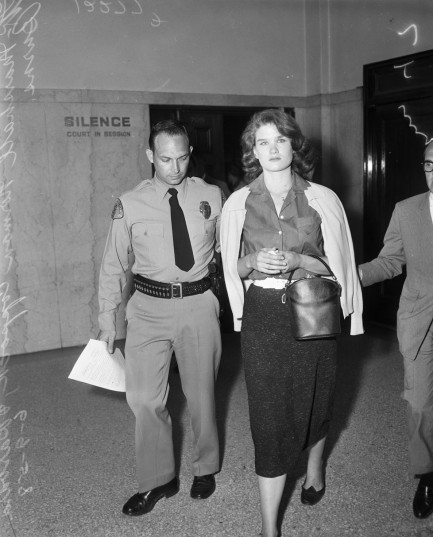
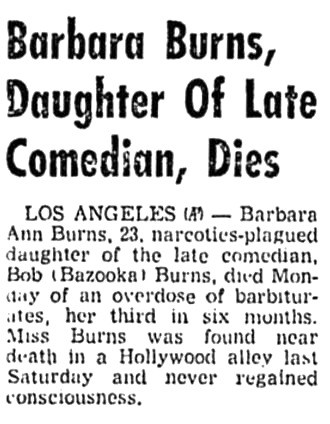 earned ninety days in Camarillo State Hospital. In November 1960 she was snared in another weed bust, but that time she walked after a jury acquitted her. When she was arrested for heroin possession again in June 1961, she lamented what had probably been true for longer than she admitted—that she had doomed her chance to have a career in show business.
earned ninety days in Camarillo State Hospital. In November 1960 she was snared in another weed bust, but that time she walked after a jury acquitted her. When she was arrested for heroin possession again in June 1961, she lamented what had probably been true for longer than she admitted—that she had doomed her chance to have a career in show business.| Hollywoodland | Dec 23 2023 |

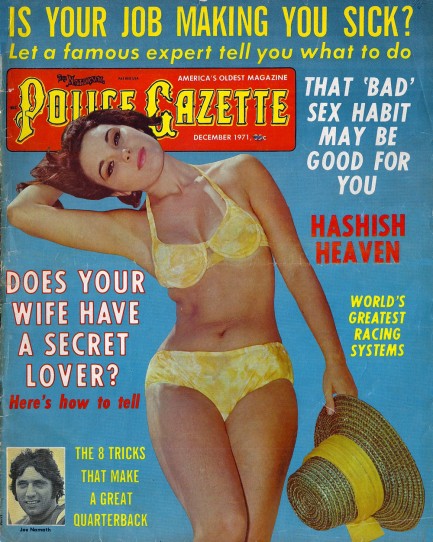
Sean Connery made as many appearances in sixties and seventies tabloids as just about any celeb of his time period, so here he is again in an article promoting his role in Diamonds Are Forever, which would premiere just a couple of weeks after this December 1971 National Police Gazette hit newsstands. we talked a bit about the source novel for the film, and author Ian Fleming's troubles with his publishers. It's interesting, so check here if you wish.
In Gazette, Connery speaks of his futile struggle to portray James Bond as a balding hero, and quips about making his stylist thin his wigs so there was almost no point in wearing them at all. Connery said about Bond’s aging, “No one is immortal—not me, not you, and not James Bond.” It was a commendable sentiment, but naïve. Seems as though Connery didn’t realize United Artists had already branded Bond well beyond the point where the character was tethered to any concept of aging.
The studio proved that when it brought the much younger Roger Moore on the scene for 1973’s Live and Let Die. Moore would later give way to Dalton, who gave way to Brosnan, who gave way to Craig, as Bond himself remained eternally forty-ish through the passing years. Elsewhere in the Gazette you get a report on the hash capital of the world, the world’s greatest racing systems, and the usual assortment of random beauties in bathing suits. All that, plus hashish toasted cheese, below.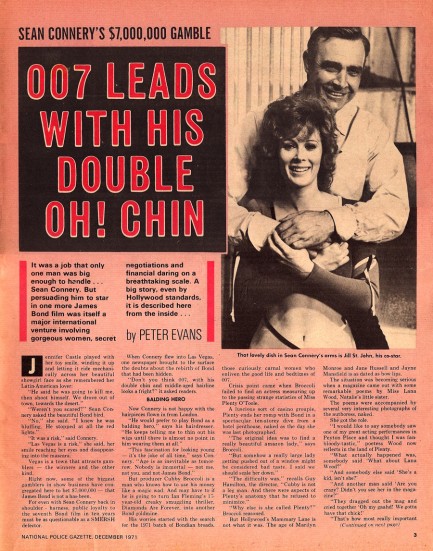
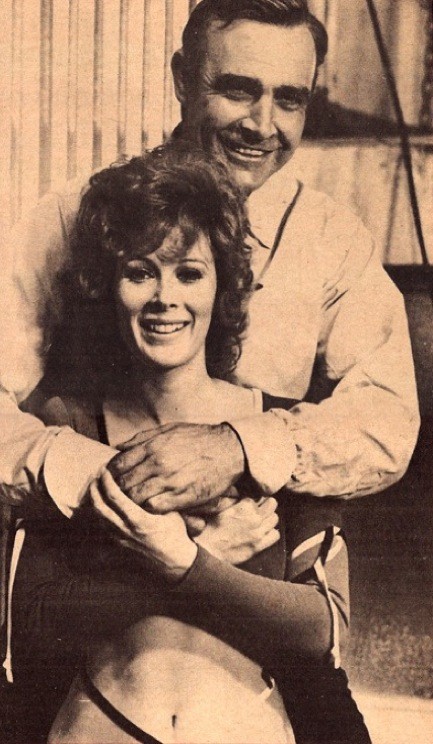
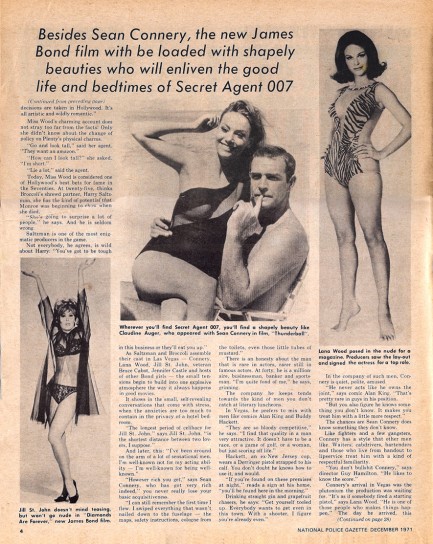
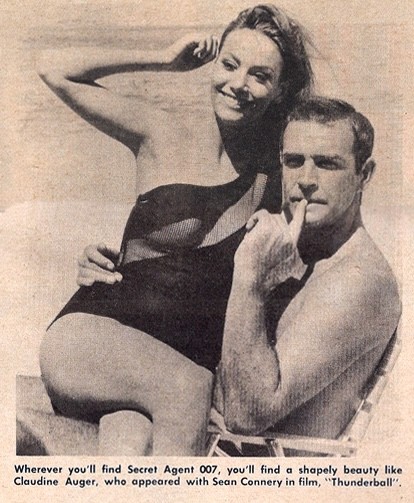
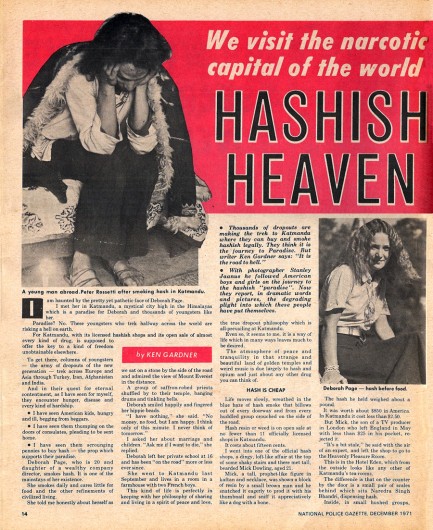

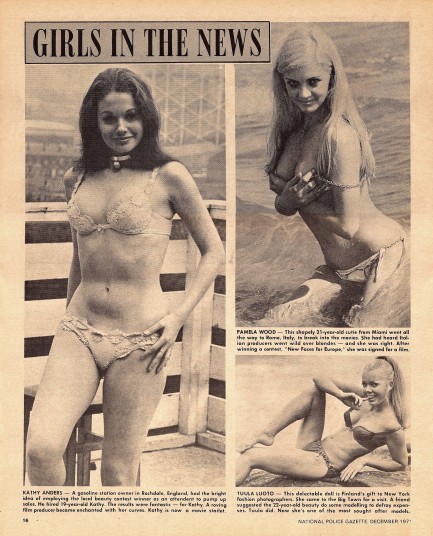

| Hollywoodland | Dec 10 2023 |

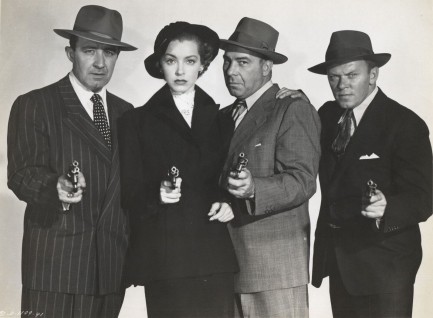
This promo image, with a Columbia Pictures serial number in the lower lefthand corner, was made for the 1949 crime drama Mary Ryan, Detective, and shows Paul Bryar, Marsha Hunt, Ben Welden, and William Phillips. We love the shot, and because of it we'll watch the movie and report back.
| Hollywoodland | Oct 24 2023 |

